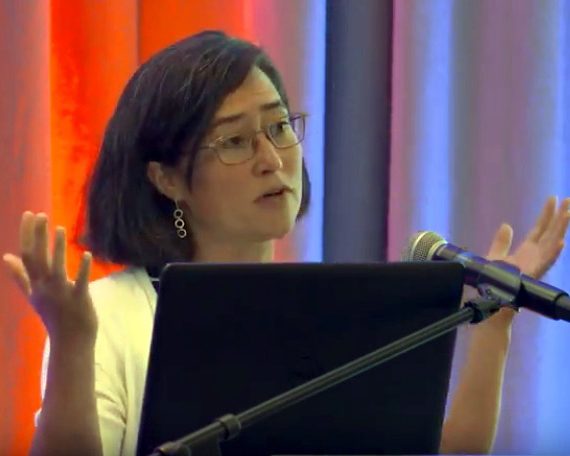
“CCDS Seizures” – Denise Morita, MD
Our son Dylan, who is 5 and was diagnosed with CTD earlier this year, was originally diagnosed with epilepsy at the age of 2. At that time Dylan had a series of seizures including multiple tonic-clonic seizures and 1 absence (that we are aware of). Dylan had 2 sleep EEG’s, the second EEG showed an abnormal EEG and he was put on Epilim Chrono sodium valproate.
Dylan has remained on this medication which has successfully controlled Dylan’s epilepsy, although the dosage has been adjusted as Dylan grows. Fast forward to 2018 and Dylan had a series of absence seizures over a 2 day period followed by 1 tonic-clonic seizure. In Dr. Morita’s presentation from the CCDS Symposium in July, my husband and I found it very reassuring that she would not be concerned if a child was having many absence seizures in a day. Thankfully, Dylan typically may have 1 in a day and may not have another for a few days or even weeks.
When we first witnessed Dylan having an absence we didn’t know what was happening to him. Listening to Dr. Morita’s description of absence seizures, Dylan’s absences follow a different pattern; it can happen when he’s laughing, moving around or simply sitting down. Unlike how Dr. Morita describes an absence seizure, Dylan will stop what he’s doing but he goes pale and blue around the mouth (cyanosis). He also sounds like he’s eating, is not aware of what’s going on and can often push you away. These absence seizures typically last between 10 and 15 seconds but he’s had a few recently lasting between 1 to 1.5 minutes. When he comes out of them, depending on the length of the absence, he may continue what he was doing or will be physically tired and want some quiet time.
As Dr. Morita mentions in her presentation, we have found it crucial to try and understand the type of seizure Dylan has had when talking to the neurology team. This has also helped us limit the number of times we have run to the emergency department, especially as Dylan has got older. Unfortunately, we are now at a point where we may have to discuss putting Dylan on another epilepsy drug as the number of absence seizures has increased in the last 3 months.
*Thanks to Cathy and Dave Magee for writing this blog post.





